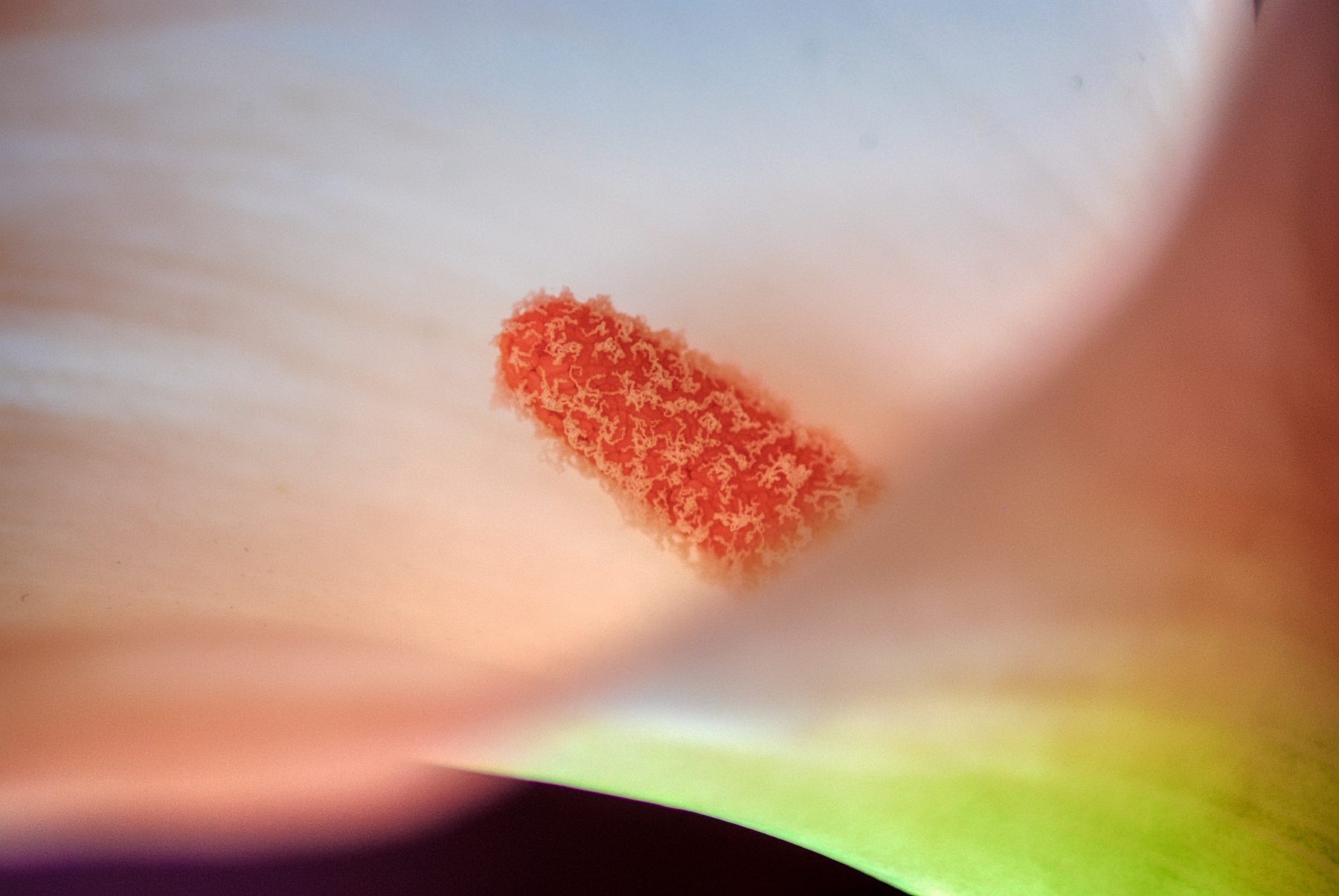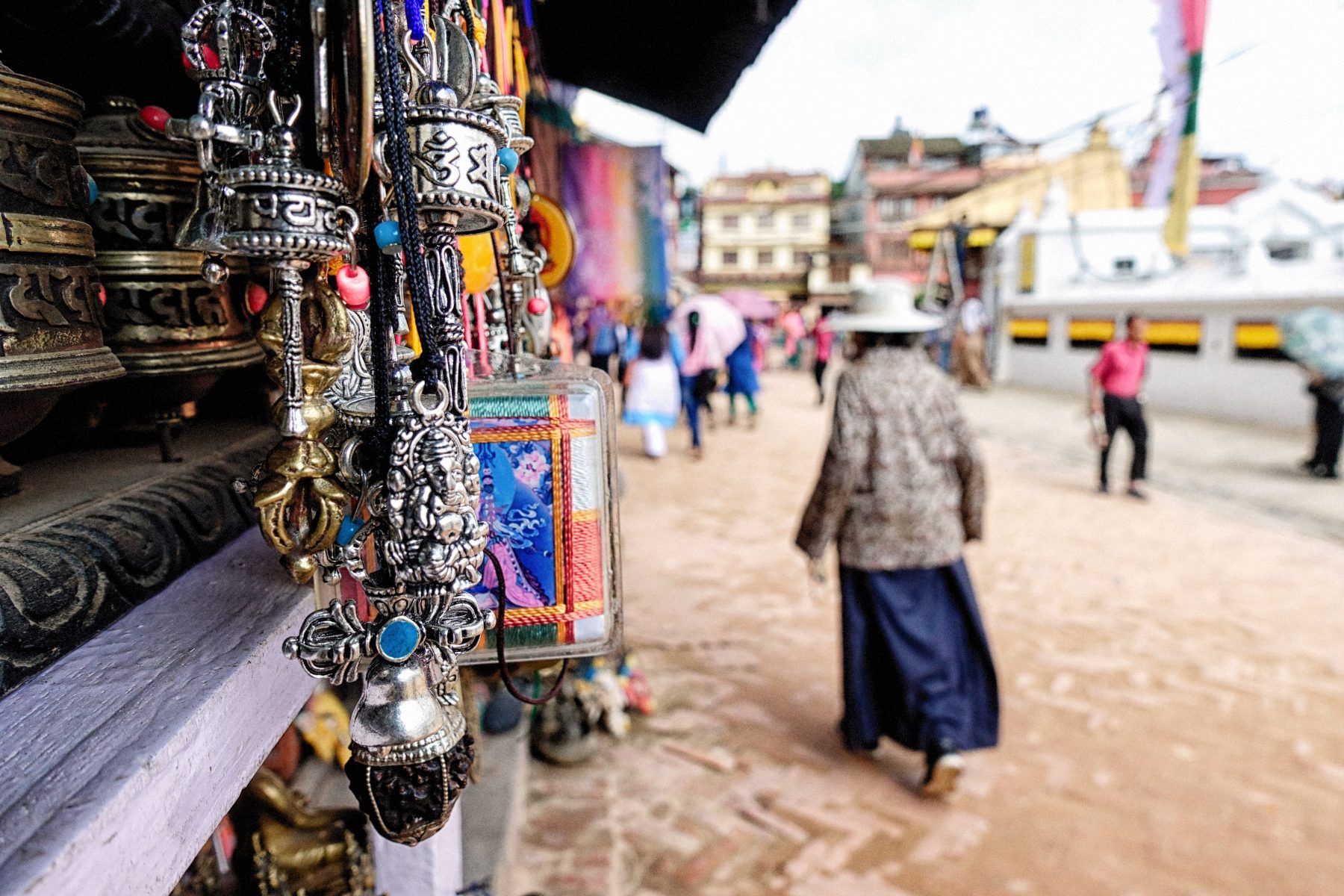In the lead up to the 2020 International Women’s Day, we spoke to Dr. Dwan Price and Dr. Tricia Ong, two leading researchers with a passion for STEMM and reproductive health respectively.
Walk past a university lab or research workspace, take note of the talented researchers in fields ranging from science to health. You might see a pollen trap or clinical simulations with both men and women at the helm.
Meanwhile, in 2016, only 31 percent of STEMM academic and research staff were women amid their growing attainment of Higher Education degrees.
According to the World Health Organisation, despite the fact women comprise 70 percent of the health workforce, half of all women’s contributions to global health are unpaid.
So, what can women in STEMM and health achieve when given the opportunity? Well, phenomenal research is just the start.
Researching pollen for better breathability
From predicting epidemic thunderstorm asthma to getting at the guts of peanut allergies, Postdoctoral Research Fellow Dr. Dwan Price from the School of Life and Environmental Sciences is making waves in science.
Forecasting for thunderstorm asthma has become increasingly needed. These conditions see fronts filled with aeroallergens (airborne pollutants and pollen) reach an all-time high.
With the breathability of our futures on the line, pollen counting stations can be lifesaving.

Launched in 2012, Deakin AirWatch is a pollen counting and forecasting facility located on the roof of the Burwood campus.
Here, Dr. Price is looking to find novel methods for predicting and forecasting thunderstorm asthma.
“I’m currently working on finding new and exciting ways to detect the allergens that trigger thunderstorm asthma.
“This will make the epidemic thunderstorm asthma warning system more accurate and faster in the future,” Dr. Price says.
But with thousands of researchers worldwide looking to better the world, Dr. Price notes it can be challenging to secure funding for research.
Although from a glass-half-full perspective, grant rejections may also be able to shape research for the better.
“The project I’m currently working on recently missed out on funding, this doesn’t mean that the research won’t happen, it just won’t occur as fast it needs to.
“It can be very frustrating, because the work is very significant and important for improving human health.”
“You have to have incredible grit and perseverance to be a researcher. For every success there will be four failures.
“This is evident with scientific grant applications across Australia having roughly a 10 percent success rate,” she says.
“Everyone deals with missed opportunities and rejections in their own way. For me, with each rejection, I get a new house plant for my ‘rejection garden’. Needless to say, my house is a forest.”

“Each plant is symbolic of my ability to learn and grow from a mistake or a rejection, as I repurpose and channel those feelings of disappointment into improving my next application.”
In her efforts to boost the conversation around research, Dr. Price even goes outside the lab to chat about her experiences in STEMM.
She not only writes letters to school-aged pre-scientists but also works with CSIRO’s STEM Professionals in Schools, a program that brings scientists and more into the classroom.
“Communicating science is fundamentally important to increase the reach of our research. The time of keeping our research tightly held within niche academic communities has passed.”
“If we don’t share our findings and what we are working on, not only are we not getting our research to the talking point at the dinner table but we’re also having little influence on the greater public nor are we providing the next generation valuable STEMM role models,” she says.
Elevating reproductive health knowledge
Dr. Tricia Ong, a PhD recipient from Deakin University’s School of Health and Social Development and Australian Government Endeavour Research Fellowship awardee and a current casual academic, worked with a small group of young women who had been “internally trafficked” into the sex industry in Nepal to explore the women’s knowledge of reproductive health.
Branching out from her Deakin-roots, in 2019, she collaborated with Dr. Sara Parker from the John Moores University in Liverpool and research teams in Nepal, to work on the British Academy funded project ‘Dignity without danger’.
From here, Dr. Ong was specifically engaged to co-facilitate clay body mapping workshops to explore menstruation in Nepal with research partners and more funded by Global Action Nepal.
Dr. Ong’s passion for reproductive health research has seen her encounter barriers from power outages to the aftershocks of an earthquake.

Far from the traditional ideas of doing research, she noted that despite these conditions, one of her greatest challenges has been working within a patriarchal culture.
“In Nepal, men’s attitudes towards women are reflected upon women who come from the culture, but also foreigners like myself.
“This is something I have had to address and negotiate every time I visit.”
At the beginning of her research in Nepal, Dr. Ong questioned if she should undertake this research as a western woman from another culture.
She expressed the value of working with local teams, especially young people with sexual and reproductive health knowledge, in assisting her to take a considerate approach.
“As we were undertaking the research, many Nepali women said to me that I can be a ‘voice’ for women in the culture in ways they cannot because they often cannot speak out about reproductive health issues in the culture, such as sexual violence, because it is too sensitive.”
“So this is a place of privilege for me, and I always feel very honoured that I can occupy this space.
“Whenever I write about women in the culture, I always think about the women involved before I put pen to paper so that I am sensitised to their feelings.”

Dr. Ong currently blogs on issues for women in Nepal for Asha Nepal (UK and Nepal) who work with women who have been sexually abused or trafficked for sexual exploitation.
Despite the emotional foundations of this research (grounded in reproductive trauma issues), Dr. Ong notes the visual and sensory research methods of clay and photography which her team used enabled the women to learn about reproductive health and they loved being involved.
“My research assistant, Sabrina Chhetri and I will never forget the day we turned up late to one of our workshops to find the women already gathered, ready to engage in clay with smiles that went from ear to ear.”
“At the end of the series of workshops undertaken, one of the trafficked also articulated this to us (in Nepali) but the translation is even more meaningful: ‘All the days of laughter are now gone’.
“We all laughed a lot during the research which helped us all talk about sensitive reproductive health issues.”
How do we drive gender equity?
In research and beyond, women are paving the way toward more thoughtful futures.
Following the 25th anniversary of the Beijing Declaration, a groundbreaking agenda for the empowerment of women, it’s clear to see how far we’ve come.
But we can’t stop here.
Across the social plane, from the research community to our creative industries, women must continue to carve out rooms of their own.

To be welcomed into spaces that showcase their talents.
To re-shape the landscape of power to encourage women to lead.
To be employed and paid for their research.
It’s this effort that will see the expansion of diverse communities where success is celebrated equally regardless of gender.



